Do you feel constant guilt about not giving 110% to every aspect of your work? Do you worry that no matter how much you do, it’s never enough? Discover 3 strategies for breaking free from perfectionism, guilt, and obsession over minor details in your teaching practice. Learn how to identify an appropriate, healthy stopping place in your work and cultivate a sense of accomplishment in a job well done.
This post is based on the latest episode of my weekly podcast, Angela Watson’s Truth for Teachers. A podcast is essentially a talk radio show that you can listen to online or download and take with you wherever you go. I release a new episode each Sunday and feature it here on the blog to help you get energized and motivated for the week ahead. Learn more about the podcast, view blog posts for all past episodes, or subscribe in iTunes to get new episodes right away.
Want to listen instead of read?
Listen to episode 15 below,
or subscribe in your podcast app.
Want to listen instead of read? Download the audio and listen on the go!
So just a reminder that I’m going to try out a new episode format in episode 16! If you have a question you’d like me to answer here on the podcast, let me know by filling out the Google form, or, even better, by leaving me a voice message that I can play on the show. It’s super easy – just hit the button below that says “Start Recording.” And then once a month or once every other month, depending on how many relevant questions I get, I’ll answer them in an episode of the podcast called Ask Angela Anything.
This week, I want to talk to you about how to figure out when something is good enough and just leave it alone and be satisfied with it. It’s very difficult to do this in a job that is incredibly important and your decisions impact dozens of students’ lives. We kind of convince ourselves that EVERYTHING is super critical and urgent and we have to give 110% to everything. But of course, that’s not possible, and if we keep trying to give 110% in every area of our jobs, our personal and family life is going to suffer. That creates guilt, and of course, there’s still guilt because even 110% doesn’t feel like enough sometimes, there’s always something more you could be doing.
I’m going to give you three things to consider when you’re trying to figure out what’s good enough.

First of all, stop looking around at the super teachers and making yourself feel guilty about not doing everything they’re doing. If you have kids at home and they don’t, forget about it – you have a fraction of the free time they have available. If you’re new to teaching and they’ve been in the game for many years, forget about it – of course they’ve racked up more great teaching ideas and resources than you. Every person’s situation is different. Stop looking at everyone else and letting them make you feel inferior.
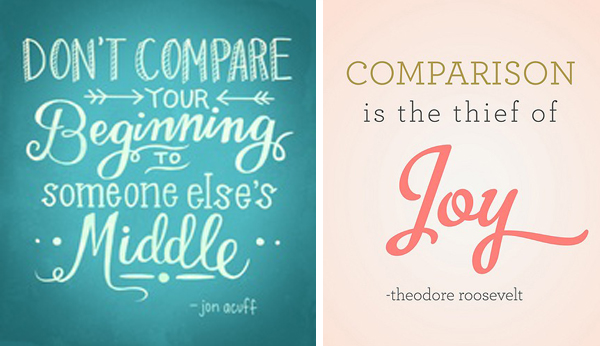
You have to know your own triggers here – if there’s a certain teacher’s classroom that always makes you feel like crap, stop going in there. If logging onto Pinterest causes you to have a panic attack from seeing all the adorable classroom ideas you wish you were doing, stop pinning for awhile! There’s enough pressure teachers get from sources they can’t avoid, like their administrators and students’ parents, so don’t compound that and make things worse for yourself by going into situations that make you feel inferior.
I think the no-comparisons thing kinda goes without saying, but I had to get that out right up front.

Now, there are two more concepts I want to touch on here: understanding what your “yes” and “no” really mean, and figuring out how to create a minimum viable product. That’s not what you were expecting me to say, was it? Stick with me here.
Let’s say you’re spending hours on tasks like creating center materials, leveling your classroom library, color-coding your data sheets, writing your curriculum from scratch, making gift packets for your students’ birthdays … all very honorable tasks. These are all things that will probably improve your teaching or your relationship with kids. They’re good things. That’s why it’s so easy to get sucked into doing them for hours on end.
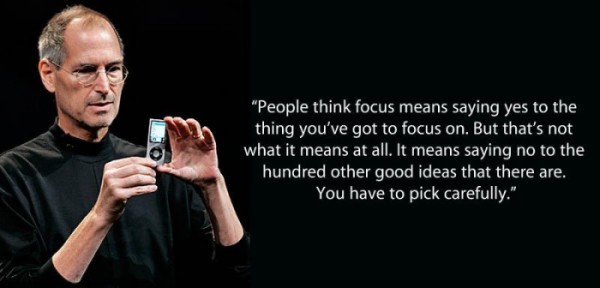
Here’s what you have to remember: Every time you are saying yes to one thing, you are in effect saying no to something else. If you say yes to staying after school to design a beautiful interactive bulletin board, you are saying no to the stack of papers that needs to be graded. You’re also saying no to your exercise routine, cooking a healthy meal for your family, and spending time with your spouse or kids. When you think of it that way, it becomes much easier to create boundaries on what you will or will not do with your time. It’s not a matter of just spending an hour here or 30 minutes there on something: Every yes means a no to something else.
So, when you’re tempted to keep reworking something over and over again, or fix something that’s not really broken, or take on a non-essential task that doesn’t really HAVE to be done right now… ask yourself: What would I be doing right now if I weren’t doing that? Is it worth saying no to the other things in order to say yes to this?
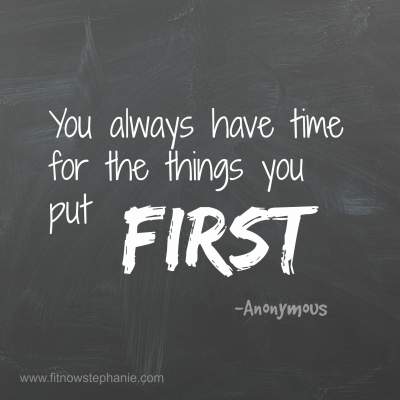
Often you can put in a much smaller amount of time and energy that you thought, and still get a decent result. In the business and marketing world, people often talk about the MVP: Minimum Viable Product. That’s the third strategy.
You know how a lot of new websites and programs come out in a beta version first? It’s a little wonky and not perfect, but basically functional. Or how a company that makes cell phones releases new software and then three days later there are a bunch of updates you have to download?
That’s because they released the MVP. They sent something out in the world that was far from perfect, they announced that it’s far from perfect, and then they learned from what happened as real people used the product to figure out how it needs to be improved. In the meanwhile, they were able to start making money and keep moving forward instead of being stuck on trying to get every single detail of an item exactly right before showing it to anyone.
In our industry as teachers, the MVP principle works like this: you get a lesson plan or activity or bulletin board just to where the core features are in place, and you deploy it. Then you come back and add more features later, based on feedback from your students and the increased capacity you have after more experiences.
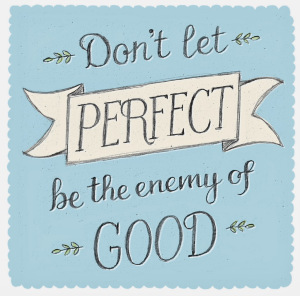
Let’s say you’re creating a PowerPoint presentation for a lesson. Figure out how much time you can realistically allot to the task, and stick to it. An hour or two is probably plenty, but base the time on how many other obligations you have for work and home. If it’s a slower week, maybe you can dedicate a little more time to the presentation. If you’re super busy, set a timer for 45 minutes and discipline yourself to create an MVP in that time. Period.
Enter all the text into the PowerPoint first. You now have a minimum viable product! If – and only if – you have time left over, you can make it look cute and add the cool interactive features you envisioned. But do not stay up until 3 am playing with the fonts and looking for graphics. You have created a boundary around your time for this project, and you must stick to it.
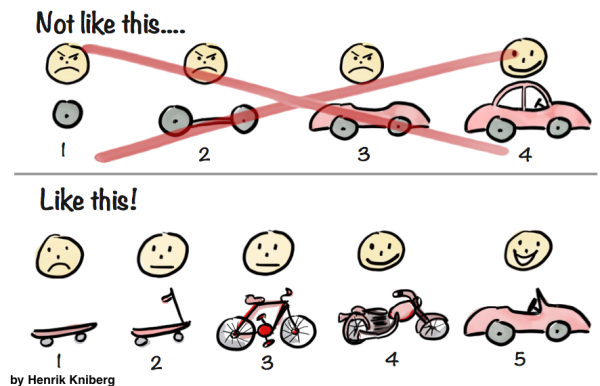
Use the MVP with your students. Then make notes for yourself about how the lesson went.You’ll probably realize that you needed to switch things around, add more information, and so on, and that a lot of the awesome ideas you had for making the presentation incredible were either unnecessary or different from what your kids actually needed. These were things you never would have figured out if you hadn’t taken the leap and used the minimum viable product. So, congratulate yourself on not wasting hours trying to get everything perfect before you implemented it.
You see, a minimum viable product is not about sending crappy work out into the world. It’s not a minimal product. It’s recognizing that you’re going to have to iterate and revise later on, anyway, so there’s no point in trying to guess exactly what is needed ahead of time and make something perfect right up front. It’s not going to be “perfect” until you’ve tried it with your kids and learned from what works and what doesn’t!
Before you use that presentation again with another class, you can set aside another realistic time period for improving it. Over time, the presentation will become amazing. You’ll be able to copy existing text and design settings from that presentation to make more presentations, meaning that each PowerPoint you create will be better than the last AND you’ll be able to make them faster.
It all starts with a minimum viable product. Your work will not be perfect at first, and that has to be okay with you. Remember your takeaway truth for the week ahead:
Your first iteration won't be perfect. First make it work, then make it work better. Click To Tweet![]() See blog posts/transcripts for all episodes
See blog posts/transcripts for all episodes
Subscribe to the podcast in iTunes
Subscribe to the podcast in Stitcher
The Truth for Teachers Podcast
Our weekly audio podcast is one of the top K-12 broadcasts in the world, featuring our writers collective and tons of practical, energizing ideas. Support our work by subscribing in your favorite podcast app–everything is free!
Explore all podcast episodes
Angela Watson
Founder and Writer
Sign up to get new Truth for Teachers articles in your inbox
Discussion
Leave a Reply
OR

Join our
community
of educators
If you are a teacher who is interested in contributing to the Truth for Teachers website, please click here for more information.



















Thank you for this post! I just finished participating in “The Best Yes” by Lysa Terkehurst book study. Your post today goes right along with the ideas in that book. I have taught school a long time, but every time I read your blog I come away with a new insight, or a new twist on something I already have in practice. Thank you!!!
I love Lysa Terkehurst and hadn’t heard of that book! Thanks for sharing. I appreciate your kind words about the blog. 🙂
I love this! In my first couple years of teaching, I felt the pressure to always give 110% in an effort to prove myself. I soon felt burned out and emotionally and physically exhausted much of the time. However, reading your blog and books over the last few years has really helped me to set boundaries for myself at work, strive to set realistic expectations, and cultivate a more positive attitude. However, I still struggle with guilt that I don’t create handmade Christmas gifts for each of my students, decorate for every holiday or teach extended day like other teachers at my school. With that said, I am reaping the benefits because I have been able to devote more time to personal hobbies and actually have a balanced life that in turn gives me more energy and satisfaction at work. This is such a hard lesson to learn for many perfectionist teachers out there.
Michelle, I really appreciate the time you to took to share the impact my blog and books have had on you. Thanks so much! I love what you said about devoting more time to personal hobbies which gives you more energy and satisfaction at work. This was a concept that was totally lost on me for many years, and like you, I started to burnout. I totally agree that guilt over not giving 110% in every area is something we have to continually fight against as teachers, and we have to take care of ourselves.
Thanks once again for a great post, Angela. The idea of ‘balance’ is something I struggle with, and something that will be even more important in the coming months for me. Your discussion of applying a principle of MVP really struck a chord with me, as did your point about considering what ‘no’s’ will be left by the way if I say ‘yes’ without thought. It is so true: “every YES means a NO to something else.” I no longer want to say ‘no’ to good-health and good-relationship inducing behaviours, so will be looking at what I commit to with greater clarity. Many thanks. xo
Thanks so much for the thoughtful comment. The whole “saying yes means no to something else” sounds so obvious, but it really hit me like a ton of bricks when I first heard it. I’m so glad this was a clarifying concept for you, too. It’s so easy to focus only on the good things that happen from committing to something without realizing how that impacts all your other commitments.
Thank you for this post. Good IS good enough!
It is so hard not to compare ourselves against others in this generation of pinterest, TPT, and social media where everyone is posting all the wonderful ways they are succeeding! We forget that those who post are only posting their successes. They generally don’t post their first drafts, their failures, their first attempts. I have to stop looking at others and remember to set boundaries for myself. I stay at school too late forsaking my children, say no to other valuable priorities, I stay up too late, and get up too early to rework lessons, redo worksheets etc. ALL aiming for that “perfect” when good IS good enough (for now). Thank you for encouraging me so I don’t burn out!
This reminds me of how I used to put so much time and effort into center activities to have an activity or two flop because it didn’t interest my students. All that work to make it aesthetically appealing, and it was used once. KISS became my motto. Activities don’t have to have all the bells and whistles. Most of my center activities nowadays revolve around materials such as a deck of cards, dice, dry erase boards, magnetic letters , etc. I love the term MVP!